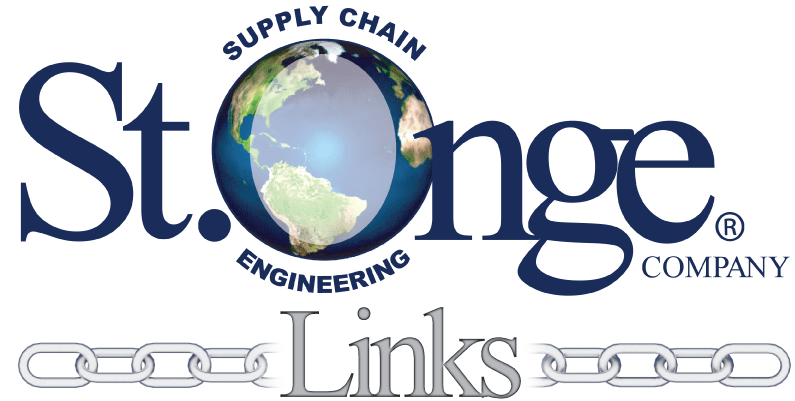 Strengthening your supply chain one link at a time.
Strengthening your supply chain one link at a time.
Designing and sizing automation for a warehouse can be a challenging task, especially when considering the uncertainty and variability of future growth and changing order profiles. One common mistake that businesses make when designing automation for their warehouse is relying too heavily on a specific dataset or a limited set of historical data. While it may seem like a logical starting point, designing automation based on a limited dataset can lead to a range of issues and limitations, including reduced flexibility, poor adaptability to changes in order profiles, and ultimately a lower performing system.
Often a warehouse project has a specific design year and a future dataset is created for design purposes by using extrapolation to represent the business for the design year. Extrapolation involves using historical data to predict future trends, but it is not always reliable. There may be unexpected shifts in customer demand or changes in market conditions that cannot be predicted based on historical data alone. For example, a business may have experienced a steady increase in demand for a particular product over the past few years. Based on this trend, they may decide to design their automated system to handle a certain volume of that product. However, if there is a sudden shift in customer preferences, such as a new competitor entering the market or a change in consumer behavior, the historical data may no longer be relevant. In this case, an automated system that is designed solely on this extrapolated dataset may be ill-equipped to handle the new demand profile, leading to delays, inefficiencies, and potential losses.
Guarding against unknow future business changes is difficult – we just don’t know what we don’t know. Besides just extrapolating data based on future sales projections, it is important to include stakeholders in the discussion from various parts of the company such as business strategy, finance, planning, marketing, and sales. Use this team to brainstorm various potential future scenarios for your businesses and see how they might affect the extrapolated data set. It may be good to develop an ‘expected growth model’, an ‘exceptional growth model’, and various scenarios containing changes in business strategy. Then compare the various outcomes and try to develop a sensible range of design criteria that an automation business case can be tested against. If the design and its ROI can handle these scenarios then you know that you have a robust plan for the future. If the concept only works for one scenario then be wary and look to add flexibility into the system design. Remember, flexibility always adds costs but it is usually much cheaper to build this flexibility in at the design stage rather than modifying a running system that is performing poorly.
In conclusion, designing automation for a warehouse requires a broad approach that considers the variability and uncertainty of future growth and changing order profiles. While it may be tempting to rely solely on a specific dataset, doing so can lead to a range of issues and limitations that ultimately result in a less robust system. By designing automation to be more flexible, adaptable, and scalable, businesses can better prepare themselves for the future and ensure that their warehouse operations remain efficient and effective.
—Martijn Gootzen, St. Onge Company